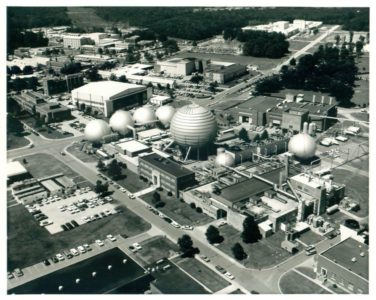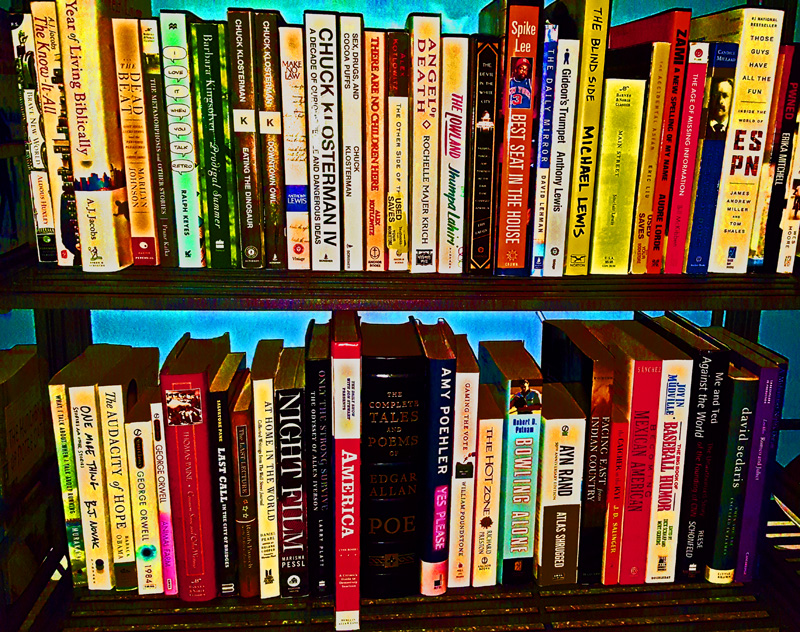I may be a month late posting about reading Margaret Lee Shetterly’s “Hidden Figures,” but the movie version will probably win some kind of Oscar this weekend, so that’s close enough to timely, right?
I’ll start by saying I enjoyed the movie version, since as is usually the case seeing the characters come to life in the form of actual people on screen provides and extra layer of depth to the story.
But in cliche fashion, yes the book is far greater than the movie. A story like this one really lends itself to a written form where the author can plow through decades of history, and more importantly the deep context it contains, in order to fully tell the stories of the group of women who dealt with multifaceted discrimination to make deep impacts on the science community and country.
The program that eventually resulted in the women providing critical mathematical analysis that put an American into space and to the moon and back started in the 1930s with women entering the workforce at a lower professional grade than comparable men. Shetterly describes the numerous occasions in which women such as Dorothy Vaughan vastly exceeded the expectations of the men who underestimated them, and persistently pushed for opportunities to advance to levels of mathematicians, engineers and supervisors.
“Just as they had learned the techniques of aeronautical research on the job, the ambitious among them would have to figure out for themselves what it would take to advance as a woman in a profession that was built by men.”
Of course the normal challenges of women overcoming the low expectations of men were compounded by the entrenched attitudes toward African-Americans. The film hammers home the indignity with Katherine Johnson, played by Taraji P. Henson, having to sprint from her desk to another building far across the NASA campus just to use a designated bathroom.
In the book, there is a lot of information about the state of Virginia during that era, including recounting how in 1958 the state’s governor, so enraged that three areas had the audacity to comply with a Supreme Court ruling to integrate schools, shut down the state’s public schools. They reopened in 1959, but segregationists in Prince Edward County kept up their fight and defunded their schools rather than integrate. They stood closed for five years. Way to go, adults.
“As fantastical as America’s space ambitions might have seemed, sending a man into space was starting to feel like a straightforward task compared to putting black and white students together in the same Virginia classrooms,” Shetterly writes.
The book is most effective in filling in those details, starting with tracing the lives of a few key members of the computing group from their early days to their hiring, and through their eventual leaving of the agency having contributed a legacy that in some cases is still being used today. It also well describes the physical context of the city of Hampton and what it was like to live there, as both black and white, working for the agency and not, and the incredible engineering that went into the massive structures used for aerodynamic testing.

NASA photo
Those vacuum spheres were used to power the operations. Shetterly describes a 300×100 foot high-speed wind tunnel as “a gigantic three-story-high ribbed-metal pipe, like a caterpillar loosed from the mind of H.G. Wells.”
She also includes this nugget: “Amelia Earhart nearly lost her raccoon coat to a wind tunnel’s giant turbine while touring the lab.”
The story is, of course, about the incredible women involved, but it does include a few tips of the cap to the men who either cared not about traditional societal limitations and quickly accepted qualified workers, or who at least begrudgingly went along with progress. And it also recounts some of the more eccentric scientific minds that were at work on the cutting age of flight.
“Eastman Jacobs’ legendary attempt to launch a car attached to a glider plane using Hampton’s tony Chesapeake Avenue as a runway only confirmed the Hamptonians’ feelings that the good Lord didn’t always see fit to give book sense and common sense to the same individual,” Shetterly writes.
In short, if you liked the movie and are interested in learning more, there is a ton of great stuff in this book and you should jump on reading it.
